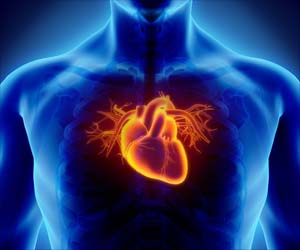The new discovery that microRNA miR-33 could be important in monitoring HDL, or good cholesterol levels may lead to better cholestrol drugs.

Atherosclerosis, the fatty build-up in arteries that causes heart attack, stroke, and peripheral artery diseases, is tied to cholesterol levels, a waxy substance found in the blood.
Statins, drugs frequently prescribed by doctors to manage cholesterol levels, work by lowering LDL, or "bad" cholesterol levels; however, their role in HDL cholesterol is still obscure.
Importantly, HDL has been found to have a protective benefit against cardiovascular disease.
"Atherosclerosis costs lives and takes an enormous toll on our health," said Baldan.
"If the discovery that miR-33 can be used to raise HDL levels leads to better medications, it will have an enormous impact on our ability to treat heart disease," he added.
Advertisement
Increasing the levels of miR-33 in the liver, scientists discovered, resulted in lower HDL cholesterol levels in an animal model; conversely, turning off miR-33, researchers found, had the effect of raising HDL levels.
Advertisement
The study was published in a recent issue of Proceedings of the National Academy of Sciences of the United States of America.
Source-ANI















